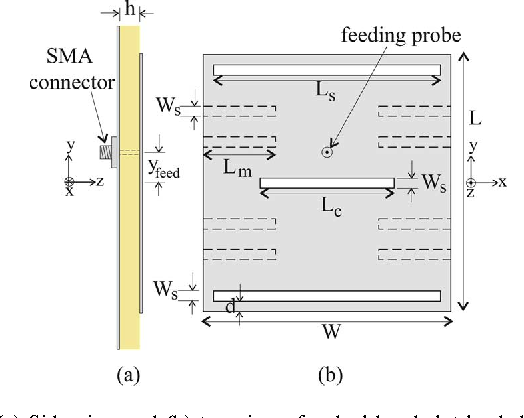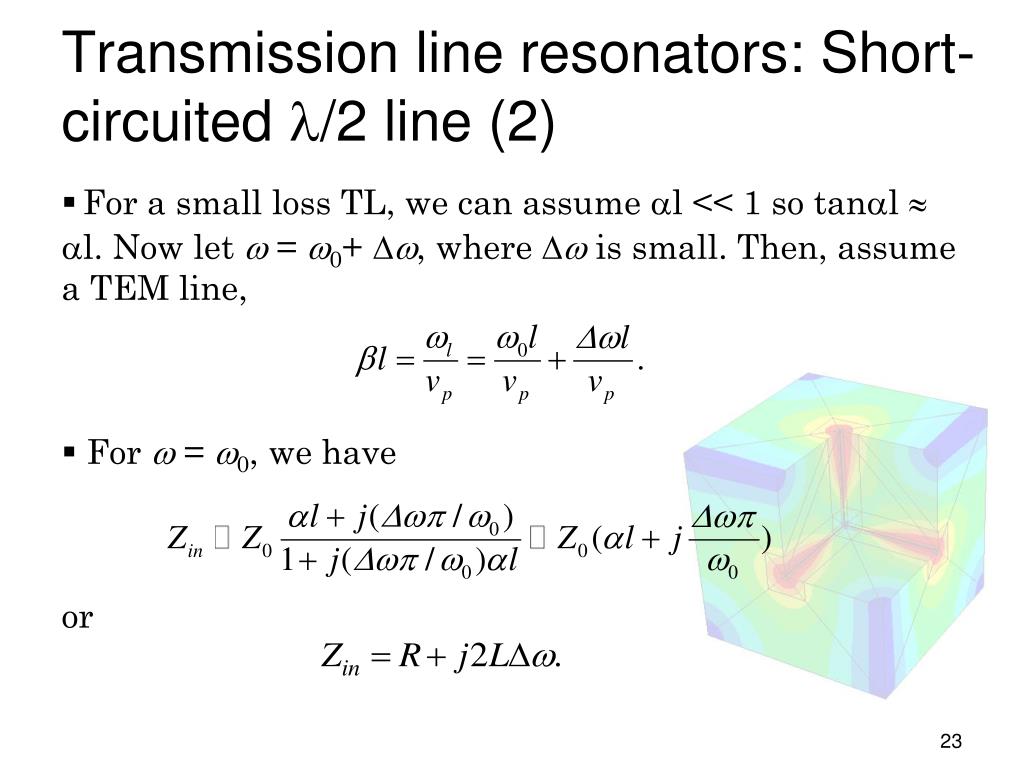

Amplification arises because electrons from the cathode occasionally go against the electric fields of the magnets. The result is an alternating electromagnetic field. The inductor creates a magnetic field pointed out of the cylinder because of the electrical current going around it. The capacitor creates a constant electric field across it because of the charge separation.

Also, real anodes aren’t usually perfectly cylindrical as depicted here.) The resonating cavities electrically can be viewed as LC circuits where the cylindrical area is a single-turn inductor.

Electrons hitting the anode induce a charge separation across the anode resonating cavities, the smaller circles around the edge. Electrons head out from the cathode and magnetic force accelerates them so they follow a spiral pattern going outward toward the outside wall of the magnetron which is the anode. The right-hand rule dictates how electrons behave in the magnetic field. Two powerful magnets create a constant magnetic field that, in the diagram, would point through the page. The cathode is in the center A high voltage is applied to the cathode to make electrons jump off.
RESONANT ELEMENT IN MICROWAVE ENGINEERING HOW TO
(Nevertheless, you can find a lot of YouTube videos describing exactly how to teardown a magnetron tube.) A magnetron as might be found in a microwave oven. A microwave gun (called a magnetron) in a state other than as manufactured has numerous potential hazards. Experimenters beware! If you think it might be instructive to dismantle a microwave oven and power up the magnetron to make a space gun, don’t do it.


 0 kommentar(er)
0 kommentar(er)
